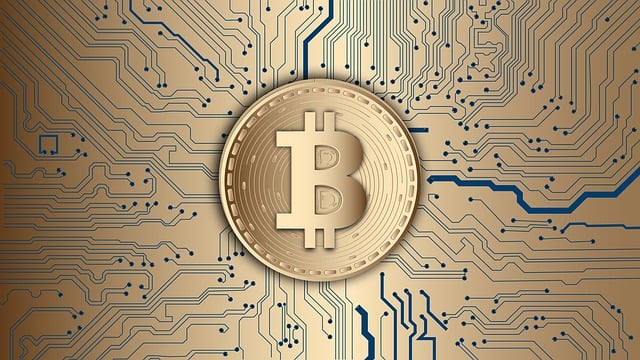The stablecoin market is a rapidly growing segment within cryptocurrency, offering price stability by linking digital assets to fiat currencies like the US dollar. These coins facilitate cross-border transactions, liquidity provision in decentralized finance (DeFi), and serve as a store of value, driving global demand for borderless financial systems and enhancing financial inclusion.
The stablecoin market has emerged as a pivotal player in the cryptocurrency realm, offering a bridge between traditional finance and decentralized systems. This article presents a comprehensive analysis of the stablecoin market, exploring its definition, unique attributes, and global adoption. We delve into the factors driving its growth, top performers, and regulatory influences. Moreover, we examine technological advancements, associated risks, and the potential for stablecoins to revolutionize DeFi and cross-border transactions.
The Rise and Relevance of Stablecoins in Cryptocurrency Market

The stablecoin market has emerged as a game-changer in the cryptocurrency space. These digital assets are designed to minimize volatility, often pegged to a stable external reference such as the US dollar or other fiat currencies. As a result, they offer a bridge between traditional finance and the decentralized world of crypto, attracting investors who seek both price stability and exposure to blockchain technology.
Stablecoins have gained significant traction due to their diverse applications. They facilitate cross-border transactions, provide liquidity for decentralized finance (DeFi) protocols, and serve as a store of value in an increasingly digital economy. A robust stablecoin market analysis reveals a growing demand for these assets, driven by the need for trustless, borderless financial systems and the potential for enhanced financial inclusion globally.
– Definition and role of stablecoins

Stablecoins are digital currencies designed to minimize volatility, a key issue in the cryptocurrency market. Their primary role is to serve as a stable and reliable medium of exchange, providing a counterbalance to the inherent price fluctuations of other cryptocurrencies like Bitcoin or Ethereum. In the ever-evolving stablecoin market analysis, these assets have gained prominence due to their potential to facilitate smoother transactions and open up new avenues for investment.
By pegging their value to a stable external asset, such as the US dollar or gold, stablecoins aim to maintain a consistent price. This feature makes them attractive for various use cases, including cross-border payments, trading, and even as a store of value. The stablecoin market has witnessed significant growth, with various types emerging, each catering to distinct needs, from providing liquidity in decentralized finance (DeFi) platforms to serving as a bridge between traditional finance and the crypto ecosystem.
The stablecoin market analysis reveals a dynamic and evolving sector within the cryptocurrency landscape. Stablecoins play a pivotal role in providing liquidity, facilitating cross-border transactions, and bridging the gap between traditional finance and digital assets. As the cryptocurrency market continues to grow, so does the importance of understanding and harnessing the potential of these innovative financial instruments.
